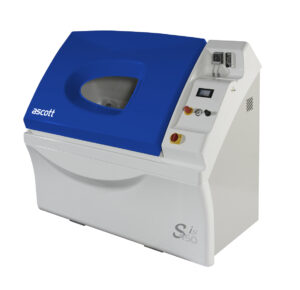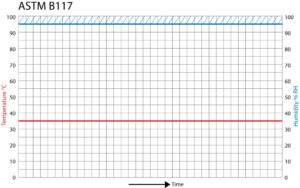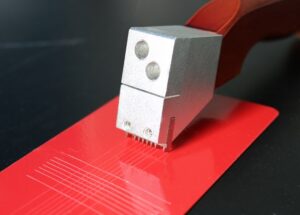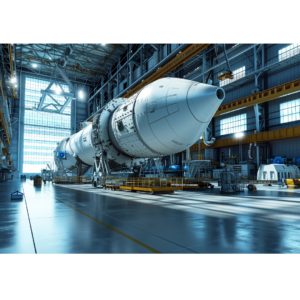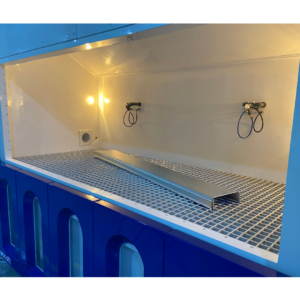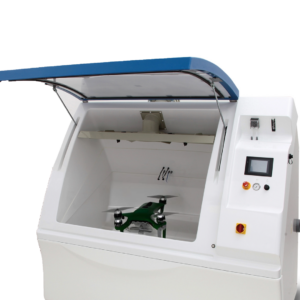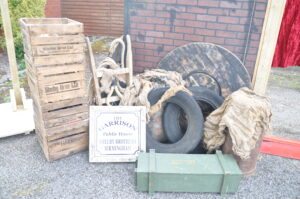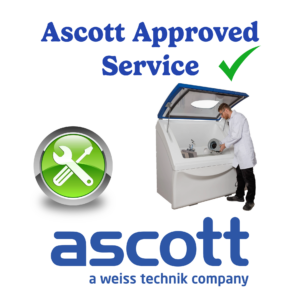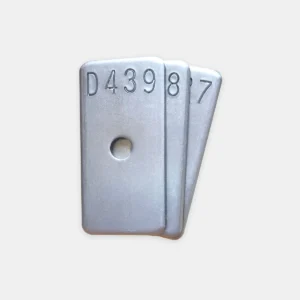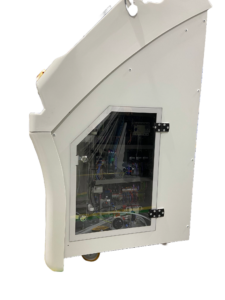The importance of Corrosion Testing in The Defence Sector

In our fourth sector article, we look at the military & defence sector, which covers a vast array of products from aircraft components (like airframes, avionics, and connectors), naval vessels, weapons systems, vehicles (tanks, trucks), and marine/defence/naval electronic equipment, as corrosion can significantly impact their functionality and lifespan in harsh environments, leading to rigorous testing to ensure proper corrosion protection measures are in place.
Corrosion can significantly impact military equipment in several ways:
- Structural Integrity: Corrosion weakens the metal components of vehicles, ships and aircraft leading to potential structural failures. This can compromise safety and reliability, especially in combat situations
- Operational Readiness: Corrosion can cause critical systems to malfunction, reducing the operational readiness of military equipment. This can delay missions and reduce the effectiveness of military operations
- Maintenance Costs: The cost of repairing and replacing corroded parts can be substantial. Regular maintenance to address corrosion issues is necessary, but it also adds to the overall lifecycle cost of the equipment
- Performance Degradation: Corrosion can affect the performance of military equipment by causing issues such as increased friction, reduced efficiency, and potential breakdowns
- Aesthetic and Camouflage: Corrosion can degrade the appearance of military equipment, affecting the camouflage and making them more visible to adversaries
Salt is one of the most pervasive chemical compounds in the world. It is found in the oceans and seas, the atmosphere, ground surfaces, and lakes and rivers. It is impossible to avoid exposure to salt. The worst effects occur, in general, in coastal regions

Corrosion testing has long been used in this sector to meet the challenges of production and development of equipment and materials.
The most common standard for testing products which fall under the military/defence category is MIL-STD-810H The standard covers 28 different test methods, this article focuses on Test Method 509.7 Salt Fog, which is performed to determine the effectiveness of protective coatings and finishes on materials, to identify any potential problem areas, quality control deficiencies, design flaws, etc., in a relatively short time.
Typical problem areas include, but are not limited to:
Corrosion Effects.
- Corrosion due to electrochemical reaction.
- Accelerated stress corrosion.
- Formation of acidic/alkaline solutions following salt ionization in water.
Electrical Effects.
- Impairment of electrical materiel due to salt deposits.
- Production of conductive coatings.
- Corrosion of insulating materials and metals.
Physical Effects.
- Clogging or binding of moving parts of mechanical components and assemblies.
- Blistering of paint as a result of electrolysis.
To determine the effects of the above, test specimens are placed in an enclosed chamber and exposed to the following test profile:
Step 1. With the samples in the chamber, adjust the test chamber temperature to 35 °C and condition the test item for at least two hours before introducing the salt fog.
Step 2. Expose the samples to a 24 hour period of 5% salt spray at a rate of 0.5 to 3.0ml/80cm²/hour, in a chamber temperature of +35C , the pH of salt spray should be between 6.5 -7.2.
Step 3. Dry the test item at standard ambient temperatures and a relative humidity of less than 50 percent for 24 hours, generally accepted ambient conditions are laboratory environment 23C /50%RH
Step 4. Repeat steps 1 to 3 at least once.
The above can be modified as experience has shown that alternating 24-hour periods of salt fog exposure and drying conditions for a minimum of four 24-hour periods (two wet and two dry), provides more realistic exposure and a higher damage potential than does continuous exposure to a salt atmosphere
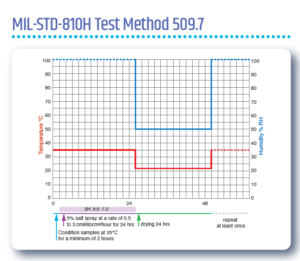
To perform the above test fully automatic in a single chamber with ambient climate control to 23C/50%RH , will require an Ascott Cyclic Corrosion chamber complete with external midi temperature and humidity climate control unit.
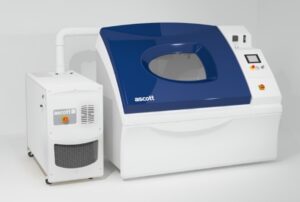
Other popular standards in this sector include:

- MIL-STD-202
- RTCA-DO-160
- MIL-STD-750
- MIL-STD-883
- Plus many others
With current advances in technologies across all aspects of the defence sector and supporting industries, the need for testing keeps on growing. Many breakthroughs in product development will be adopted by civilian industries over time, a process made easier by the rigorous testing demanded by this sector
Overall, corrosion is a significant challenge for maintaining the effectiveness, safety, and longevity of military equipment. In a situation where all equipment must be in constant readiness for possible deployment in any conditions globally, corrosion can cause major problems – addressing corrosion through regular testing, maintenance, and the use of advanced materials and coatings is essential for ensuring that military equipment remains operational and reliable.


